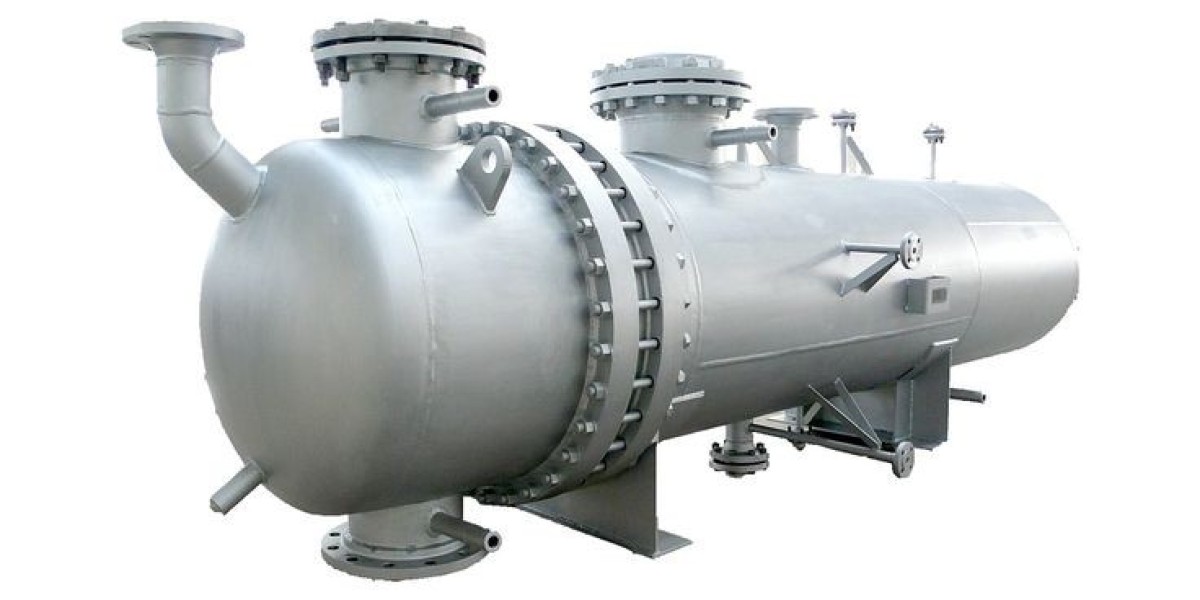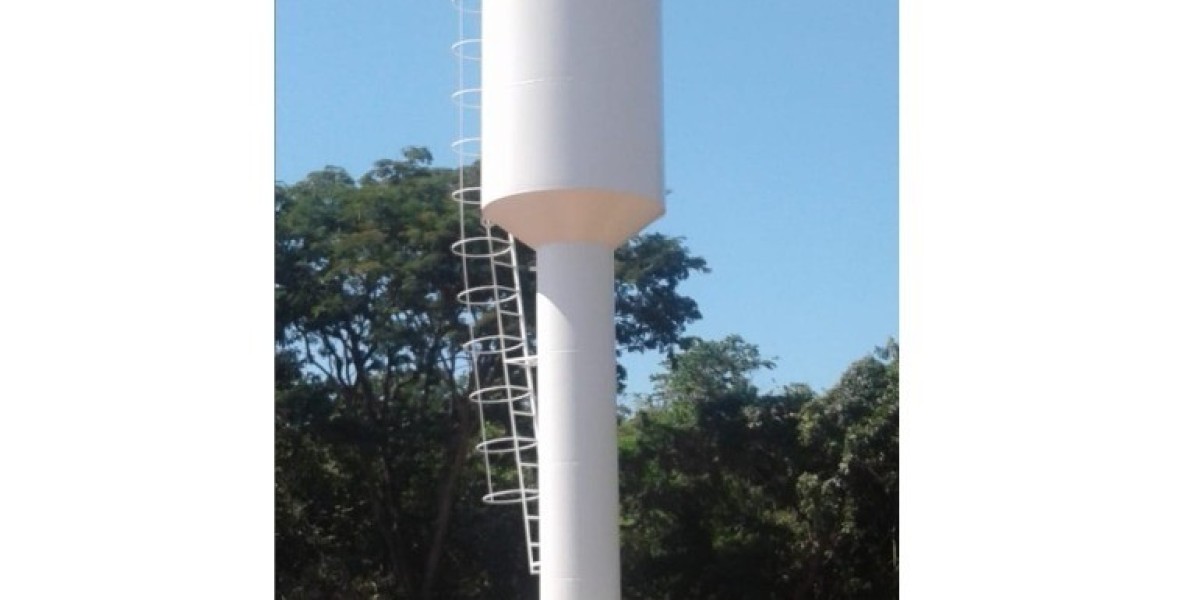Pressure Tank are closed containers designed to hold gases or liquids at a pressure substantially different from the ambient pressure. They have varied applications across many industries including power generation, oil and gas, chemical processing, and pharmaceuticals. Pressure Tank are essentially cylindrical or spherical in shape with end caps at both ends which are sometimes referred to as heads. The bodies of Pressure Tank are built using steel plates which are joined together through a variety of welding techniques to withstand high internal pressures.
Materials of Construction
Due to the need to withstand pressure, Pressure Tank require materials with very high strength properties. Carbon steel remains a common material of construction due to its suitable strength and relatively low cost. Alloy steels like stainless steel and high nickel alloys are often used in more corrosive processes or when higher design pressures are involved. Composite materials like fiber reinforced plastic (FRP) are finding increasing use for non-corrosive applications requiring lightweight construction. The selection of construction material depends on factors like the media contained, design pressure and temperature, corrosion resistance needs, and cost. Proper material selection is crucial to ensure safety and reliability over the vessel’s lifespan.
Classification by Shape
The basic shapes that Pressure Vessels are typically classified under include cylindrical, spherical and horizontal egg-shaped vessels. Cylindrical vessels with heads at both ends are the most widely used due to their efficient pressure containment capability. Spherical bottles are advantageous for storing compressed gases due to their isotropic strength properties. Horizontal vessels which are wider at the center than at the ends are commonly used as process reactors and oil separators in refineries. Other specialized vessel geometries include those with dished heads, nozzle attachments or support skirts depending on application requirements.
Design and Safety Regulations
Being critical equipment containing potentially dangerous pressurized substances, Pressure Tank require careful engineering design to ensure safety. Design codes and standards established by organizations like ASME, NB and PD5500 mandate factors to be considered in the design like minimum material thickness, allowable stresses, inspection schedules etc. Key aspects addressed during design include determining the minimum required thickness based on vessel geometry and pressure-temperature ratings, ensuring adequate strength against various loadings like pressure, weight and wind loads through stress analysis, providing appropriate pressure relief devices and evaluating corrosion, erosion and fatigue safety margins. Compliance with the prevailing safety codes is mandatory before vessels can be safely operated.
Some Key Pressure Vessels Components
In addition to the primary pressure retaining body and end caps or heads, Pressure Tank also include critical ancillary components essential for safe operation. Some examples are:
- Pressure relief valves — Provides overpressure protection by safely discharging compressed fluid if pressure exceeds maximum allowable. Commonly spring loaded or pilot operated.
- Manways — Openings with bolted covers provided for inspection and maintenance access into the vessel.
- Nozzles — Connections forged or welded onto the vessel for inlets, outlets and other process connections.
- Support skirts — Structural components used under heavy, large vessels for stable footing and wind resistance.
- Insulation — Applied especially on cryogenic vessels to reduce heat transfer and boil-off. Materials include fiberglass, foam or perlite.
- Instrumentation — Includes pressure gauges, thermocouples and sensors embedded to monitor process parameters inside vessels.
- Identification plates — Plates welded on vessels providing key details like serial number, material specifications, pressures, temperatures, client etc as per standards.
Key Applications and Industries
Given below are some major industrial applications where Pressure Tank play a vital role:
Power Generation: Boilers operating at high pressures and temperatures to generate superheated steam for turbines in coal, gas and nuclear power plants are the biggest Pressure Tank installed.
Oil and Gas: Vessels for crude oil storage, Pressure Tank in LNG facilities, hydraulic fracturing manifolds among others. Common vessel shapes here include spheres and horizontal vessels.
Chemical Processing: Reactors, separators, digesters, evaporators in oil refineries and petrochemical plants handling flammable/toxic substances require high integrity pressure containment.
Pharmaceuticals: Vessels for fermentation, extraction and crystallization processes, often of corrosive media require highly engineered vessels constructed of exotic alloys for reliability and compliance.
Food and Beverage: Equipment for sterilization, evaporation, product holding at various stages of food and drink processing utilize Pressure Tank. Standards compliance is critical due to product safety regulations.
Emerging Trends
As industries continue to operate at higher efficiencies and more sever service conditions due to competitive demands, Pressure Tank too are evolving to meet these challenges:
- Thinner and lighter materials of construction enabled by advanced materials like composites and higher strength alloys are reducing weight and costs.
- 3D modeling and simulation aided design enables more accurate strength analysis for optimal designs meeting multiple loading conditions.
- Advancements like laser cladding and weld overlay techniques are enhancing corrosion resistance of critical components like nozzles.
- New joining techniques like friction stir welding are providing reliable, defect free joints for specialty alloys.
- Real-time monitoring devices and IIoT integration offer predictive maintenance and performance optimization throughout vessel lifecycles.
With continuous innovations, Pressure Vessels will keep advancing to enable safer, more reliable and sustainable industrial operations across all major process industries in the coming years. Compliance with evolving safety regulations will also drive the pressure vessel industry to new frontiers.
French German Italian Russian Japanese Chinese Korean Portuguese
Get More Insights On Pressure Vessels
https://www.insightprobing.com/pressure-vessels-market-is-estimated-to-witness-high-growth/
Vaagisha brings over three years of expertise as a content editor in the market research domain. Originally a creative writer, she discovered her passion for editing, combining her flair for writing with a meticulous eye for detail. Her ability to craft and refine compelling content makes her an invaluable asset in delivering polished and engaging write-ups.
(LinkedIn: https://www.linkedin.com/in/vaagisha-singh-8080b91)
Naijamatta is a social networking site,
download Naijamatta from Google play store or visit www.naijamatta.com to register. You can post, comment, do voice and video call, join and open group, go live etc. Join Naijamatta family, the Green app.
Click To Download


